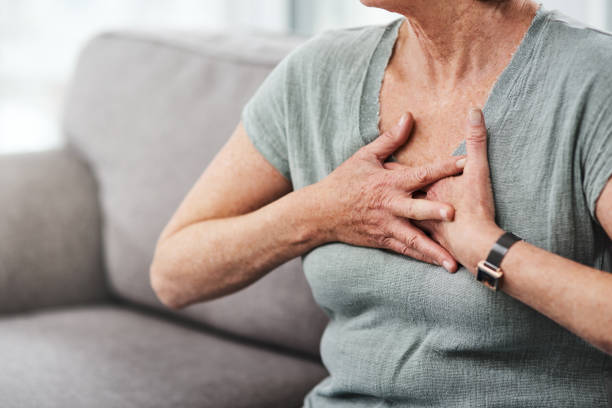Coronary heart disease (CHD) is a condition in which the heart’s blood vessels become narrow or blocked, reducing the flow of oxygen-rich blood to the heart muscle. CHD is the leading cause of death in the world, and the symptoms of CHD can range from mild to severe. In this article, we will explore the symptoms of CHD and the treatment options available for this condition.
Symptoms of Coronary Heart Disease
The symptoms of CHD can vary from person to person, and some people may not experience any symptoms at all. The most common symptoms of CHD include:
Chest pain or angina: Chest pain or pressure is the most common symptom of CHD. The pain may feel like a squeezing or burning sensation in the chest, and can radiate to the arms, neck, jaw, or back. Chest pain can be triggered by physical activity or stress and relieved by rest.
Shortness of breath: Shortness of breath can be a sign of CHD, especially if it occurs during physical activity or stress. This is because the heart needs more oxygen when it is working harder, and if the blood vessels are narrow or blocked, the heart may not be able to get enough oxygen.
Fatigue: People with CHD may feel tired or weak, especially during physical activity or stress. This is because the heart is not getting enough oxygen-rich blood.
Irregular heartbeat: An irregular heartbeat, or arrhythmia, can be a sign of CHD. This is because the heart may not be able to pump blood effectively if the blood vessels are narrow or blocked.
Swelling in the legs, ankles, or feet: Swelling in the legs, ankles, or feet can be a sign of CHD, especially if it occurs along with other symptoms such as chest pain or shortness of breath. This is because the heart may not be able to pump blood effectively, leading to a buildup of fluid in the legs.
Treatment for Coronary Heart Disease
The treatment for CHD depends on the severity of the condition and the individual’s symptoms. The following are the most common treatments for CHD:
Lifestyle changes: Lifestyle changes, such as quitting smoking, eating a healthy diet, and getting regular exercise, can help reduce the risk of CHD.
Medications: Medications, such as aspirin, beta-blockers, and statins, can help lower the risk of CHD by reducing the risk of blood clots, lowering blood pressure, and reducing cholesterol levels.
Angioplasty: Angioplasty is a procedure in which a small balloon is inflated inside a narrowed or blocked blood vessel to open it up. Angioplasty may be combined with the placement of a stent, a small mesh tube, to help keep the blood vessel open.
Coronary artery bypass surgery: Coronary artery bypass surgery is a procedure in which a surgeon creates a new path for blood to flow to the heart by grafting a healthy blood vessel from another part of the body onto the blocked coronary artery.
Heart procedures: Other heart procedures, such as a heart transplant or ventricular assist device, may be necessary for people with severe CHD.
In conclusion, CHD is a serious condition that affects the heart’s blood vessels and can lead to chest pain, shortness of breath, fatigue, and other symptoms. The treatment for CHD depends on the severity of the condition and the individual’s symptoms, and may include lifestyle changes, medications, angioplasty, coronary artery bypass surgery.

 Home
Home Health
Health Diet & Nutrition
Diet & Nutrition Living Well
Living Well More
More












